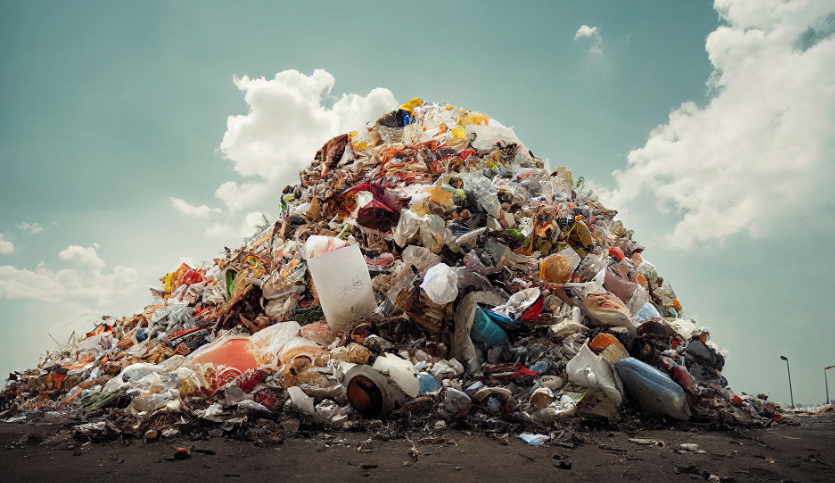Waste to Energy: A 21st Century Imperative?
In an era characterized by growing environmental concerns and a relentless quest for sustainable solutions, one question looms large: Can we afford to waste our waste? This article delves into the dynamic realm of Waste to Energy (WtE), examining its urgency, unique potential, and practical benefits in addressing our pressing environmental and energy challenges.

The Urgency of Change
The year is 2023, and the world stands at a critical juncture. The urgency of addressing waste management and clean energy needs is undeniable. This urgency sets the stage for a compelling exploration of Waste to Energy.
Unpacking the Urgency:
Why Waste to Energy, and Why Now?
As we confront the consequences of unchecked waste production and seek cleaner energy alternatives, the urgency of embracing Waste to Energy becomes evident. But why now, and what can we expect?
The Urgency in Numbers
Consider this: In 2021, the world generated a staggering 2.01 billion tons of municipal solid waste, and this number continues to rise. These figures underscore the pressing need for effective waste management and sustainable energy sources. Waste to Energy offers not only a solution but also hope for a brighter future.
Unique Perspective of Waste to Energy:
A Paradigm Shift
Waste to Energy represents a paradigm shift, a new perspective on waste itself. Instead of viewing waste as a problem, it reframes it as a valuable resource, inviting innovative approaches to sustainability.
Practical Benefits of Waste to Energy:
Environmental Sustainability
At its core, WtE is an eco-friendly solution. By diverting waste from landfills, it curtails the release of harmful greenhouse gases, contributing to our global fight against climate change.
Efficient Resource Utilization
One of its inherent strengths lies in resource maximization. WtE harnesses the untapped energy within waste materials, addressing rising energy demands while reducing our reliance on finite fossil fuels.
Waste Reduction
Perhaps most striking is its waste reduction prowess. Waste that would otherwise occupy landfills finds new life as a valuable energy source, thus conserving land and extending the life of existing disposal sites.
Unlocking the Process: Turning Waste into Power
Waste Collection and Transformation
The journey begins with the collection of diverse waste materials, which can encompass municipal solid waste, agricultural residues, or industrial byproducts. These materials undergo transformation processes such as incineration, gasification, or anaerobic digestion.
Energy Generation
During these processes, waste is converted into energy-rich products, including biogas, syngas, or steam. These products fuel specialized turbines or generators, producing electricity or heat.
Applications of Waste to Energy:
Power Generation
WtE plants serve as primary electricity sources, powering homes, industries, and entire communities. This reduces our dependence on conventional, often polluting energy sources.
District Heating
In select regions, Waste to Energy plays a crucial role in district heating, efficiently warming residential and commercial spaces while minimizing environmental impact.
Industrial Integration
Industries benefit by incorporating WtE-generated energy into their manufacturing processes, reducing both their carbon footprint and operational costs.
The Core Arguments and Secondary Benefits:
Environmental Impact Assessment
Thorough environmental impact assessments are essential before establishing WtE facilities. These assessments ensure alignment with sustainability goals and minimize ecological disruptions.
Technological Advancements
The journey towards sustainable energy is marked by continual innovation. Staying abreast of technological advancements is critical for optimizing WtE processes and increasing energy efficiency.
Raising Public Awareness
Waste to Energy's success hinges on public awareness. Educated communities are more likely to support and advocate for the implementation of WtE initiatives.
Conclusion: A Path to a Sustainable Future
Waste to Energy represents an urgent, unique, and practical solution to our environmental and energy challenges. As we navigate the 21st century, the imperative to transform waste into a valuable resource has never been clearer. WtE holds the promise of a greener, more sustainable tomorrow.
- Previous: How Often Should Air Filters Be Changed?
- Next: None

